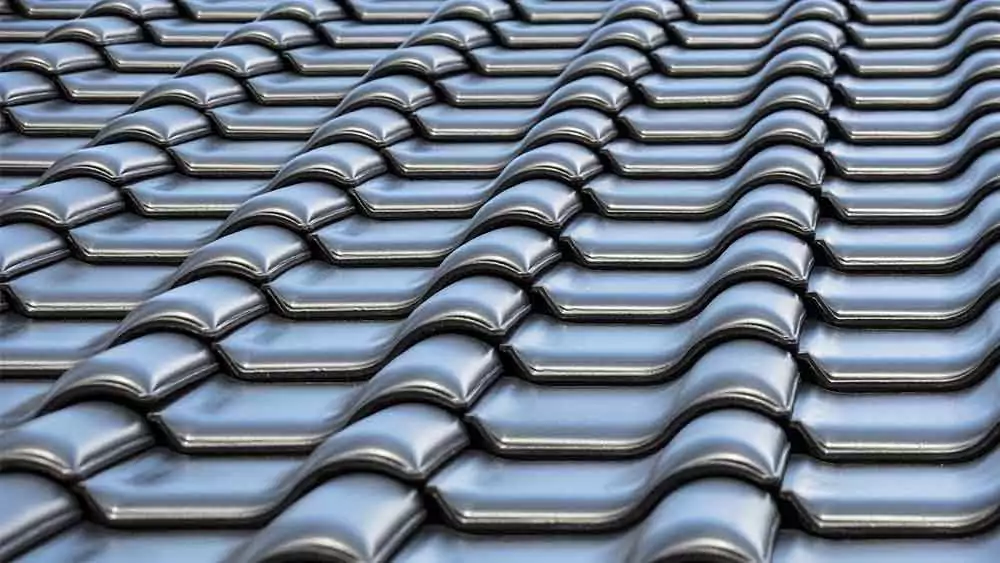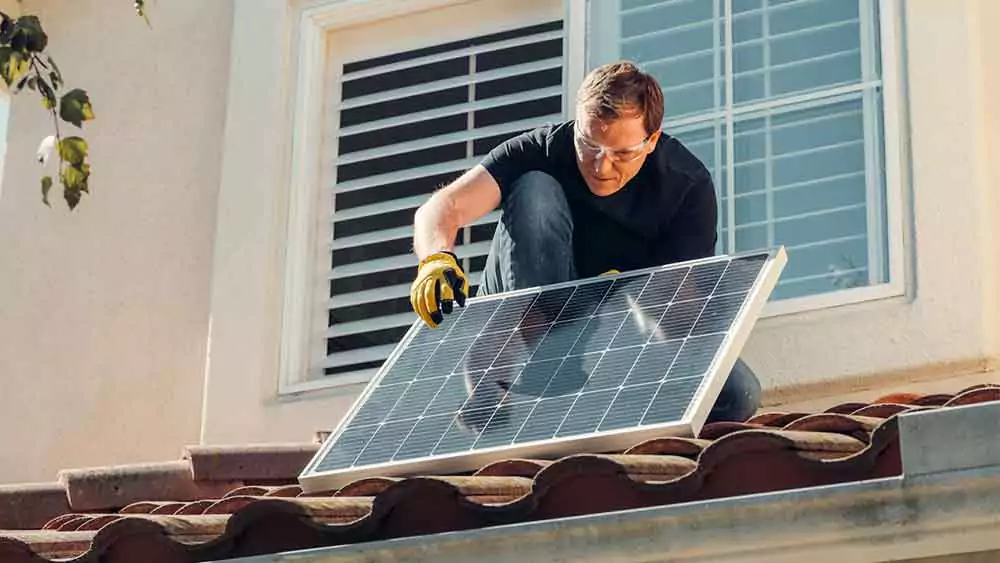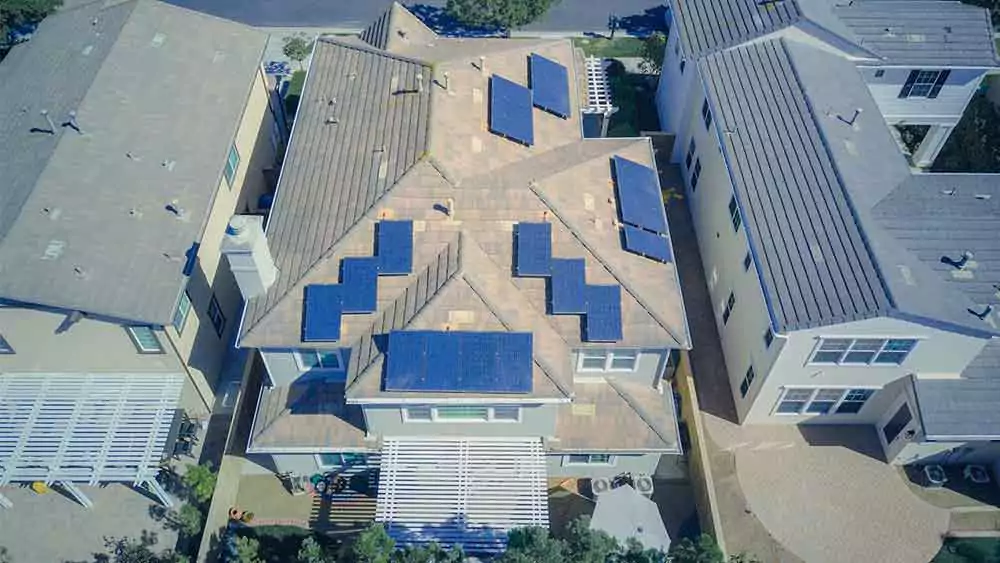Top Roofing Technology Trends: A Look at What’s Next

The roofing industry is evolving rapidly as technology continues to improve the materials, methods, and sustainability of construction projects. As we move into modernism, homeowners and contractors benefit from innovations that make roofs more energy-efficient, durable, and environmentally friendly. Staying ahead of these trends can help homeowners make informed decisions about roof repairs or replacements, ensuring they choose the most cost-effective and cutting-edge solutions available. Here are six new roofing technology trends to watch.
Modern Trends in Roofing Technology for 2024 and Beyond
As we slowly move into the future, the roofing industry is embracing cutting-edge technologies that are transforming how roofs are built, maintained, and optimized for energy efficiency. From eco-friendly materials to smart roofing systems, these innovations enhance durability and sustainability and offer homeowners smarter, more cost-effective solutions. Let’s explore six key tech innovations that are shaping the future of roofing.
1. Eco-Friendly Roofing Trends & Materials
As sustainability becomes an increasing priority for homeowners and builders, eco-friendly roofing materials are gaining traction. We expect to see more innovations in materials that reduce the environmental impact of roofing projects. The people at Arch Exteriors state that recycled materials, such as reclaimed metal or plastic, are being repurposed into high-quality roofing products. These materials offer the same durability and performance as traditional options but with a much smaller carbon footprint.
Green roofs, which involve planting vegetation on rooftops to absorb rainwater, improve insulation, and reduce heat, are also becoming more common in urban areas. These eco-friendly roofing solutions are ideal for environmentally conscious homeowners who want to reduce their environmental impact while improving their home’s energy efficiency.
2. Smart Roof Systems
Smart home gadgets and technology continue to expand, and roofing is no exception. More homeowners will adopt smart roof systems that can monitor the condition of the roof and provide real-time updates on potential issues. These systems use sensors and weather data to track things like temperature fluctuations, water accumulation, and wind resistance. Smart roofing systems help prevent problems like leaks or structural damage by alerting homeowners to issues before they become costly repairs.
Some smart roof systems can automatically adjust ventilation or insulation to maintain optimal indoor temperatures, improving energy efficiency. As technology advances, we’ll likely see even more sophisticated systems that integrate with broader smart home networks.
3. Cool Roof Technology
Cool roofs are designed to reflect more sunlight and absorb less heat than standard roofs, making them an excellent option for homeowners looking to reduce energy consumption. Cool roofs can significantly lower cooling costs in hot climates by keeping homes cooler during the summer months. New developments in cool roof technology include reflective coatings that can be applied to existing roofs, extending their lifespan while improving energy efficiency.
Manufacturers are expected to continue enhancing these reflective materials, making them more durable and effective. Cool roofs not only reduce energy costs but also help decrease the urban heat island effect, contributing to a more sustainable environment.
4. Solar Roofing Trends & Innovations

One of the most significant trends in roofing technology is the ongoing evolution of solar roofing systems. Homeowners and businesses roofing are increasingly looking for ways to incorporate renewable energy solutions into their properties. Solar shingles, which blend seamlessly with traditional roofing materials, are gaining popularity due to their sleek appearance and energy-generating capabilities. Unlike traditional solar panels, which can be bulky and obtrusive, solar shingles are designed to look like regular roofing materials while still capturing solar energy.
These advanced solar solutions not only increase energy efficiency but also offer long-term cost savings, especially as energy prices rise. We can expect further improvements in solar shingle efficiency and design, making it easier than ever for homeowners to integrate solar power into their homes without compromising aesthetics.
5. Enhanced Durability and Weather Resistance
Weather patterns are becoming more unpredictable and extreme, and homeowners are increasingly concerned about how their roofs will hold up against high winds, heavy rains, and snowstorms. In response to these concerns, roofing manufacturers are developing more durable materials that offer enhanced weather resistance. We’ll see an increase in roofing products designed specifically to withstand extreme weather conditions, such as impact-resistant shingles and materials engineered to resist high winds and hail.
Some of these materials incorporate polymers and other advanced compounds that can endure severe weather without losing their structural integrity. These innovations help protect homes from costly weather-related damage, making them a smart investment for homeowners in regions prone to extreme conditions.
6. Energy-Efficient Roofing Systems
Energy efficiency remains a top priority for homeowners, and the roofing industry will continue to focus on developing solutions that reduce energy consumption. Alongside solar shingles and cool roofs, manufacturers are creating more energy-efficient roofing systems that improve insulation and ventilation, helping homes maintain consistent temperatures year-round. These systems are designed to prevent heat loss in the winter and reduce heat absorption in the summer, reducing the overall energy needed to heat or cool a home.
Energy-efficient roofing systems often come with insulation layers and specialized underlayment to maximize performance. By investing in these systems, homeowners can lower their energy bills and reduce their environmental footprint, all while enjoying a more comfortable living environment.
Conclusion:

The roofing industry is evolving with a focus on sustainability, energy efficiency, and smart technology. Homeowners who stay informed about these trends will be better positioned to make decisions that improve the longevity, performance, and environmental impact of their roofs. Whether you’re considering a new roof or looking to upgrade an existing one, roofing technologies offer innovative solutions to meet a variety of needs.

news via inbox
Sign up and never miss out on the latest news and updates at HighStuff




